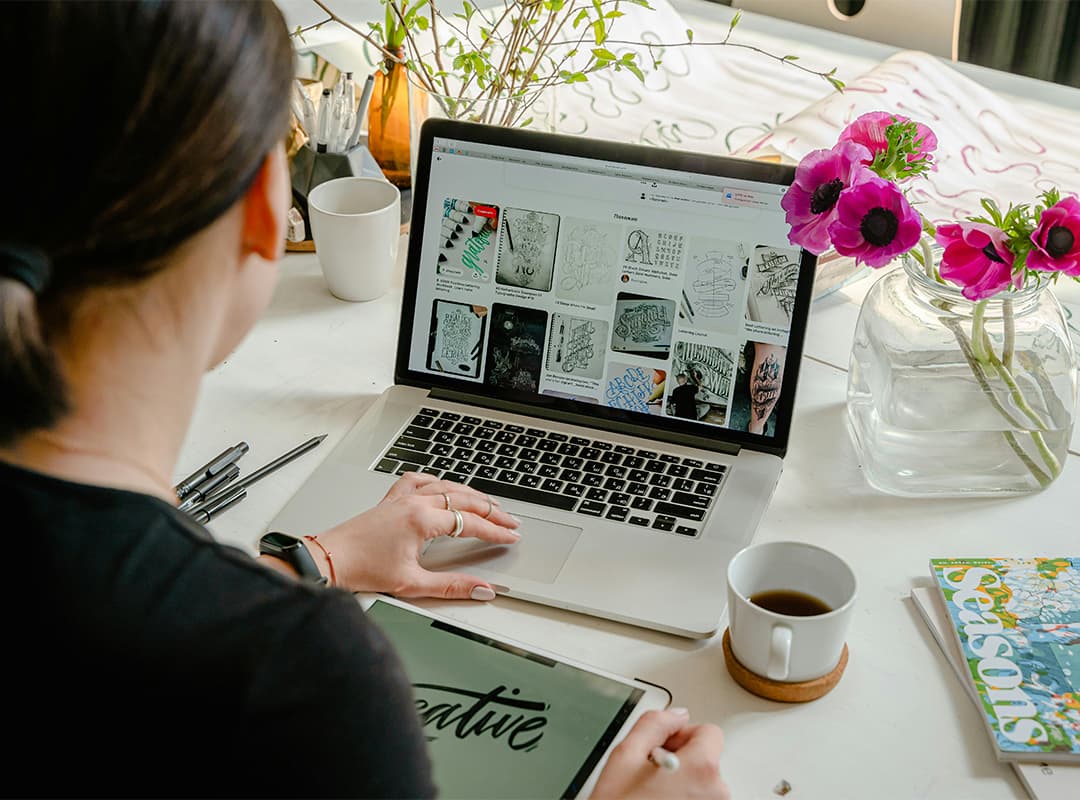The craft of photo manipulation is a captivating blend of artistry and technical finesse. Across nearly two centuries, photographers and artists have engaged in this practice, sparking debate over its authenticity versus its artistic merit. Whether hailed as a creative endeavor or criticized as deceptive, photo manipulation undeniably demands a blend of creativity, precision, and skill.
Manual Techniques:
Before the digital age, photographers relied on manual methods to manipulate photographs. These included:
- Airbrushing: Utilizing air-operated painting tools to conceal signs of alteration or retouching.
- Darkroom Manipulation: Employing dodging, burning, and masking techniques by hand in the darkroom, exemplified by artists like Jerry N. Uelsmann.
- Double Exposure: Skillfully overlaying multiple exposures to create artistic effects.
- Negative Scratching: A historic technique introduced by pictorialists, involving scratching the negative for artistic expression.
Contemporary Digital Techniques:
The advent of digital editing software revolutionized photo manipulation, offering limitless possibilities for creativity. Key digital techniques include:
- ‘Doctoring’: Commonly used in advertising and editorial contexts to enhance or alter subjects’ appearances, though controversial due to ethical concerns.
- Age Progression: Employed for law enforcement purposes and artistic endeavors alike, allowing subjects to be aged in photographs.
- Fading Smoke Effect: Utilized in abstract photography, this effect is achieved digitally using software like Photoshop.
- Color Combustion: A technique that combines multiple images to create visually striking digital collages.
- Photo Cutouts: Employed to remove unwanted elements or isolate subjects from their backgrounds, using tools like the magnetic lasso or magic wand.
In conclusion, photo manipulation—whether manual or digital—remains a multifaceted art form that continues to evolve with technological advancements. Whether it serves to deceive or inspire, its impact on visual storytelling cannot be denied.



